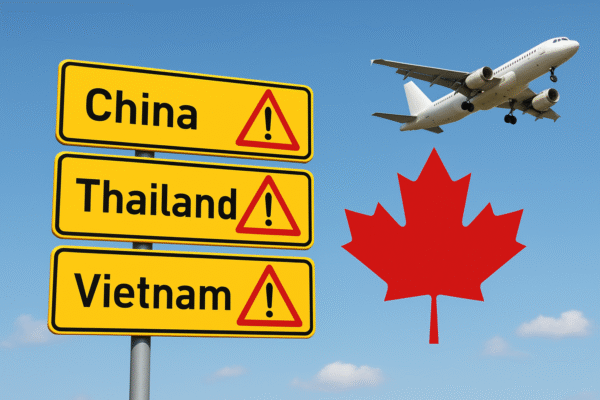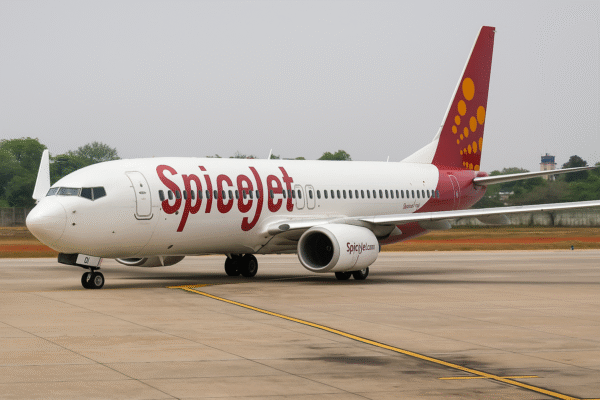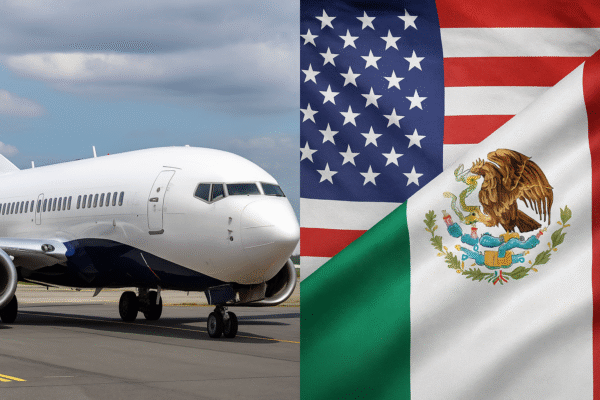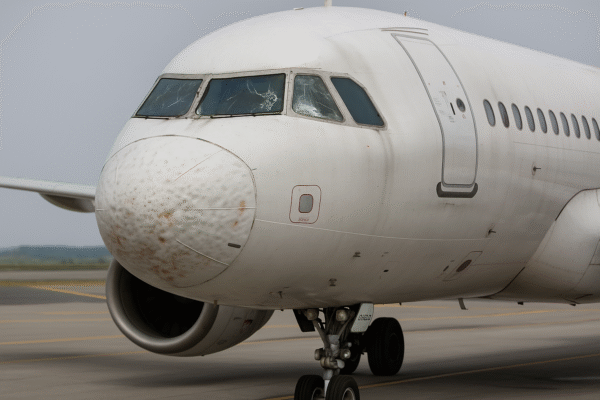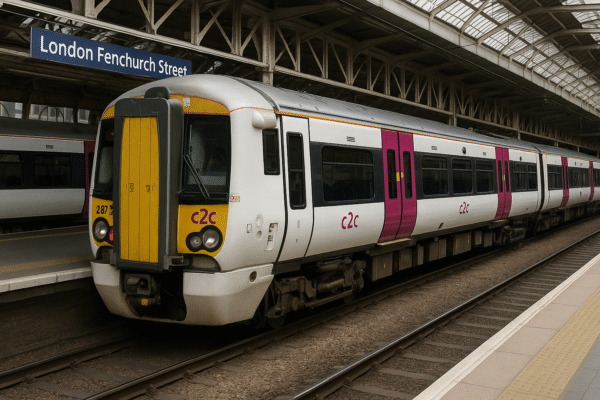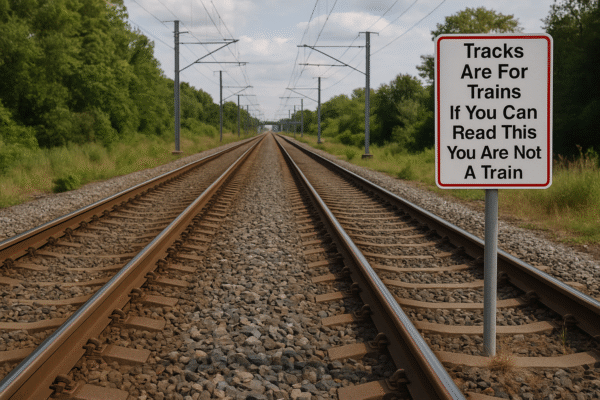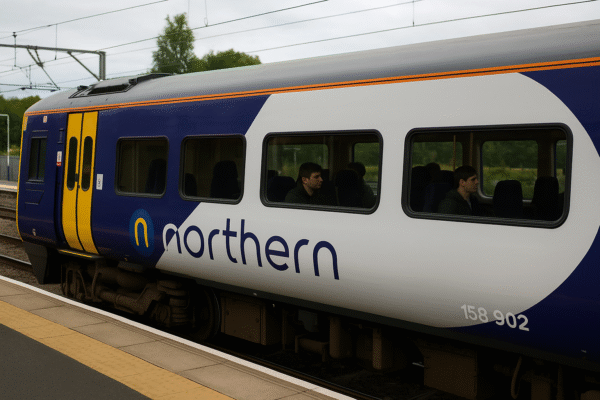In a bold step toward reshaping its rail network, the United Kingdom has officially brought the high-performing c2c rail service under full public ownership. Effective July 21, 2025, the Department for Transport’s Operator of Last Resort (OLR) assumed direct control of the London-to-South Essex line, previously operated by Italian state-owned company Trenitalia. This move aligns with the UK’s broader strategy to restore accountability, reliability, and long-term sustainability in its vital rail infrastructure.
The c2c service, which connects London Fenchurch Street with towns across south Essex including Basildon, Southend-on-Sea, and Grays, now joins a growing list of nationalised rail franchises. This includes Northern, TransPennine Express, Southeastern, London North Eastern Railway (LNER), and most recently South Western Railway, which transitioned in May 2025.
While c2c maintained strong operational performance—scoring 89% passenger satisfaction in the latest Transport Focus survey, ranking sixth out of 22 UK train operators—the decision was not prompted by failure. Instead, it reflects a deliberate policy direction to strengthen public control over essential transport services. Officials aim to ensure consistent investment, long-term planning, and passenger-centric service delivery under a unified national strategy.
Why c2c’s Nationalisation Matters
Unlike some of the underperforming franchises previously taken over by the OLR, c2c had earned a reputation for punctuality and quality. However, the Department for Transport (DfT) emphasized that central oversight can further enhance integration across the UK’s fragmented rail landscape—especially ahead of the launch of Great British Railways (GBR).
GBR, announced in the Williams-Shapps Plan for Rail, is the planned overarching public body designed to oversee both operations and infrastructure. Its formation aims to consolidate responsibilities currently spread between Network Rail, private franchises, and the DfT, creating a more streamlined and cohesive rail system across the UK.
According to the DfT, all tickets purchased prior to the ownership transition remain valid. Train schedules and fare structures will remain unchanged during the handover to prevent service disruption for the thousands of daily c2c commuters.
Nationalisation Strategy Accelerates
The public takeover of c2c is not an isolated decision. Greater Anglia, currently part-owned by Abellio UK and Mitsui & Co., has also been confirmed for nationalisation effective October 12, 2025. These transitions demonstrate a significant ideological and operational shift, particularly under the Labour-led government, which has reaffirmed its commitment to bringing rail back into public hands where necessary.
Former nationalisations under the Conservative-led government were primarily reactive—dealing with poor performance and financial instability. The current government appears to be acting more strategically, using nationalisation as a proactive tool to reshape service delivery for the long term.
As Transport Secretary Louise Haigh noted in a recent statement, “Taking back control of well-functioning services like c2c allows us to set a new standard in public transport, where the interests of passengers—not profit—come first.”
Public Debate and Future Outlook
Supporters of the move believe it lays the groundwork for long-term improvements, particularly in customer service, worker conditions, infrastructure investment, and environmental sustainability. Advocates argue that removing shareholder pressure frees up resources to be reinvested in safety, innovation, and service upgrades.
However, critics question whether public management will consistently outperform private operators. They point to historical inefficiencies in state-run services and argue that innovation may lag without competitive pressure.
Still, a growing segment of the public supports re-nationalisation. According to a YouGov poll conducted in 2024, 62% of UK residents support bringing train services back into public ownership. This shift in sentiment reflects widespread dissatisfaction with fragmented timetables, rising ticket prices, and persistent delays under privatised management.
What It Means for Commuters
For passengers using c2c, day-to-day experiences may initially remain unchanged. Trains will still bear familiar branding, and digital ticketing platforms will operate as before. However, government officials promise subtle improvements in the months ahead, including more transparent service reporting, simplified fare structures, and greater input from regional stakeholders.
Behind the scenes, transport unions have expressed cautious optimism. RMT and TSSA—two of the UK’s largest rail unions—have called the move a “positive first step” but stress the need for long-term workforce engagement to ensure fair pay and safety protections under public management.
Conclusion: A New Era for British Rail?
With c2c’s successful transition, the UK is entering a new phase of transport governance—one that prioritises public benefit, regional connectivity, and sustainable planning. Whether this shift delivers long-term improvements across the national rail network remains to be seen, but it marks a clear policy departure from the privatisation wave of the 1990s.
As Great British Railways prepares to assume broader responsibilities in the coming years, the c2c model may serve as a blueprint for future transitions. By blending operational excellence with public accountability, the UK government is signaling its intent to reimagine rail not just as a service—but as a public right.
For more travel news like this, keep reading Global Travel Wire







